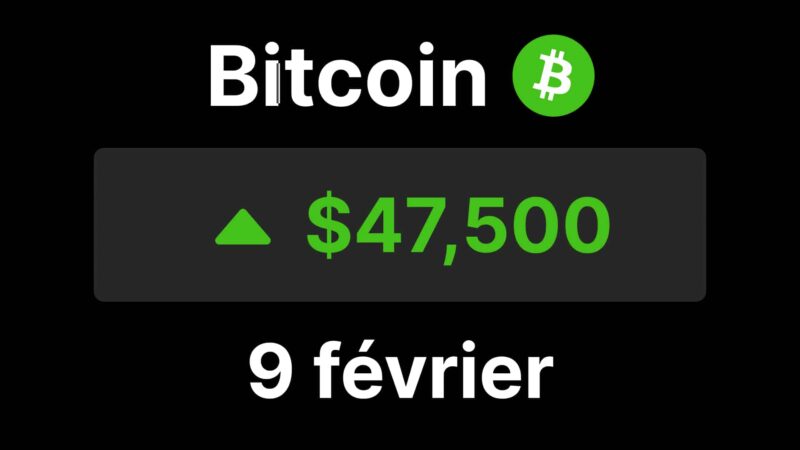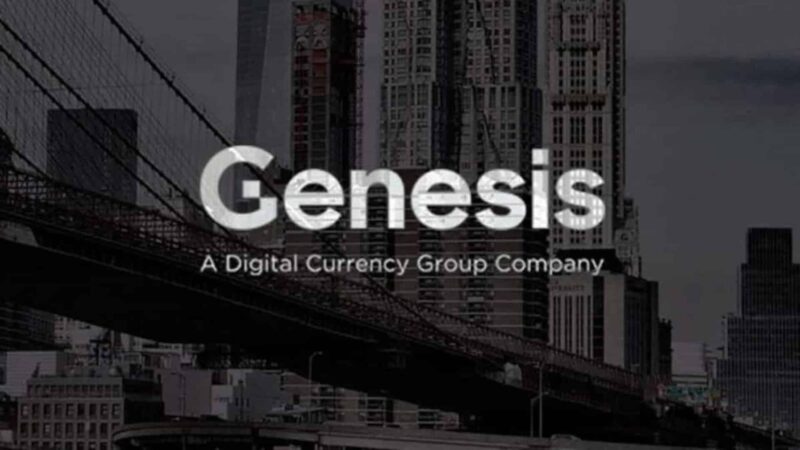Tokenization of Real Assets: Innovation or Threat?
The Financial Stability Board (FSB) and the Bank for International Settlements (BIS) are warning that the tokenization of real assets, although innovative, could pose vulnerabilities to global financial stability if it is widely adopted without adequate regulatory framework.
Three main vulnerabilities have been identified: risks associated with the tokenized underlying asset, lack of regulation for participants in tokenization projects, and potential issues with interaction with existing financial systems.
Despite these warnings, the adoption of tokenization continues, with many nations and companies actively exploring this technology. The FSB and the BIS are calling for strict regulation and harmonization of international standards to manage risks and maximize potential benefits.
In a rapidly evolving financial world, the tokenization of real assets is hailed as a major technological revolution. However, recent reports from the Financial Stability Board (FSB) and the Bank for International Settlements (BIS) suggest that this innovation could also become a source of vulnerability for global financial stability.
The two organizations, responsible for monitoring risks and proposing recommendations for financial regulation, are issuing a warning about the potential dangers of widespread adoption of this technology without adequate regulatory framework.
The FSB, tasked with maintaining global financial stability, has highlighted three main vulnerabilities associated with tokenization:
- The reference asset: The underlying asset that is tokenized can present risks, particularly in terms of liquidity and stability. If this asset loses value or becomes difficult to trade, it could have an impact on the associated token market.
- Participants in tokenization projects: Actors involved in projects based on distributed ledger technology (DLT) may not be subject to the same regulatory standards as traditional financial institutions, thus increasing the risks of poor governance or conflicts of interest.
- Interaction with existing systems: Tokenization technology still needs to prove its compatibility with current financial infrastructures. Malfunctions could occur when these new technologies interact with older systems, introducing operational and technical risks.
These points were raised by Klaas Knot, the FSB’s president, in a letter to G20 members. He emphasizes that if tokenization continues to grow without proper regulations, it could create complex and opaque products traded automatically, thus increasing systemic risks.
The Global Adoption of Asset Tokenization
Despite these warnings, tokenization continues to attract the interest of regulators and market actors. Many nations, as well as companies worldwide, are actively exploring this technology. Last September, over 40 companies joined the BIS to study its potential for cross-border payments. The idea is to reduce trade frictions and improve the efficiency of international transactions through the digitization of real assets.
In its report to the G20, the BIS acknowledges the advantages of tokenization, such as cost reduction in using different systems to exchange assets. However, it highlights that traditional risks, such as credit, liquidity, and cybersecurity risks, still apply in tokenization systems.
One concern raised is the market structure changes introduced by tokenization. When several historically separated functions become centralized on a single platform, the roles of intermediaries change, which can lead to conflicts of interest. This concentration of power within a single infrastructure raises questions about governance and transparency.
Overall, the message from both institutions is clear: tokenization could become a pillar of the future financial system, but it must be accompanied by strict regulation to prevent it from becoming a destabilizing factor. The FSB, in its report on the crypto roadmap, noted that although many countries have started implementing regulatory measures in this sector, inconsistencies persist across jurisdictions. Harmonizing regulations and adopting international standards are therefore essential to mitigate risks and maximize the potential benefits of this technology.




